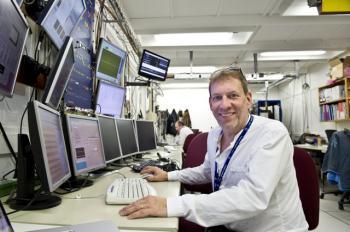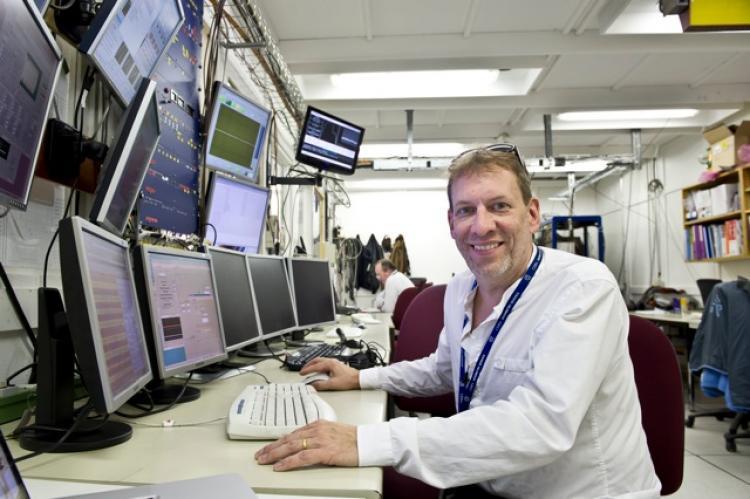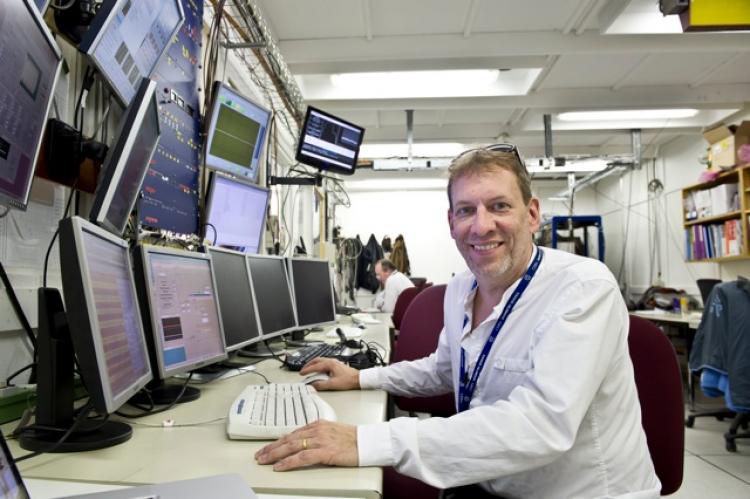Scientists at CERN were able to capture one of the largest mysteries in the universe—antimatter, according to a statement released this week.
In the ALPHA experiment, a team at the European Organization for Nuclear Research (CERN) in Switzerland, said they produced and trapped antihydrogen atoms, allowing them to potentially carry out further studies on antimatter’s relation to matter.
“For reasons that no one yet understands, nature ruled out antimatter,” said Professor Jeffrey Hangst of Aarhus University in Denmark in a statement. “It is thus very rewarding and a bit overwhelming to look at the ALPHA device and know that it contains stable, neutral atoms of antimatter. This inspires us to work that much harder to see if antimatter holds some secret.”
Some scientists believe that the Big Bang—the event thought to have caused the genesis of the known universe—created equal amounts of antimatter and matter. But scientists are baffled as to why antimatter has seemingly disappeared, because most of our universe consists of matter.
The CERN facility, which is the largest in the world, is the only lab in the world capable of creating low-energy antiprotons to make up antihydrogen, which consists of an antiproton and a positron.
Out of thousands of antiatoms produced, the researchers were able to hold 38 antihydrogen atoms using complex magnetic fields for up to a tenth of a second—more than enough time for them to be studied—the scientists reported in the journal Nature.
“We could have held them for much longer ... I am just full of joy and relief; it’s taken us five years to get here; this is a big milestone,” Hangst told CNN.
Scientists at CERN also noted that the Atomic Spectroscopy And Collisions Using Slow Antiprotons experiment (ASACUSA) developed a new approach for producing antihydrogen atoms—details of which will be published at a later date.






